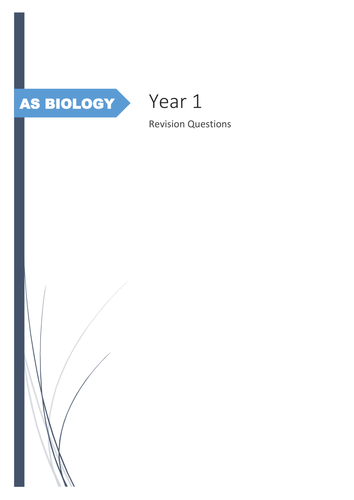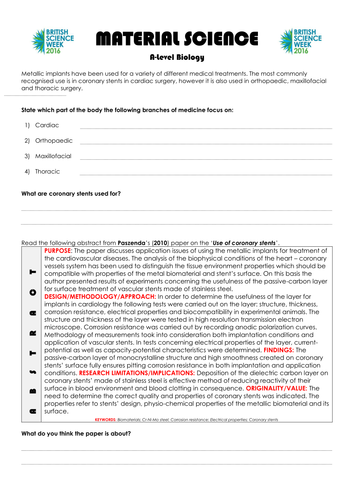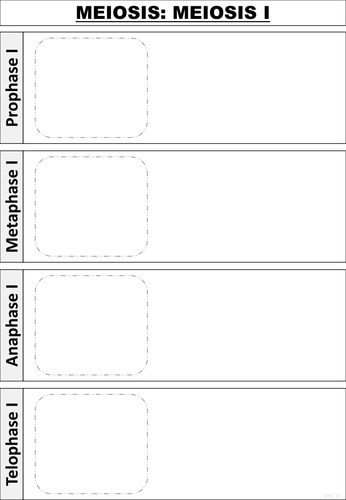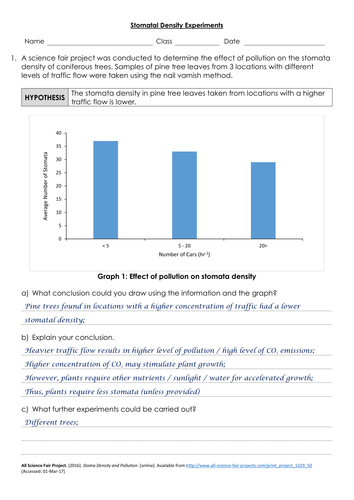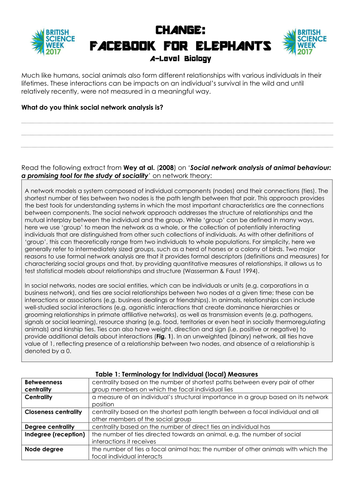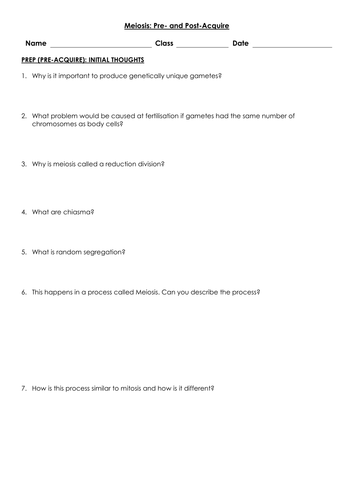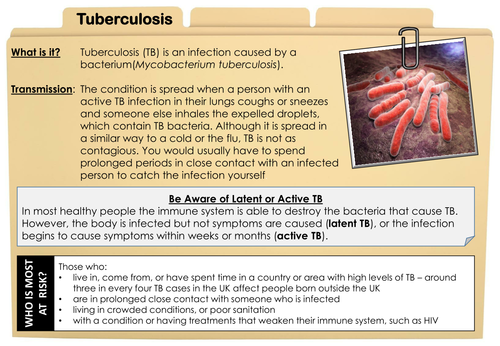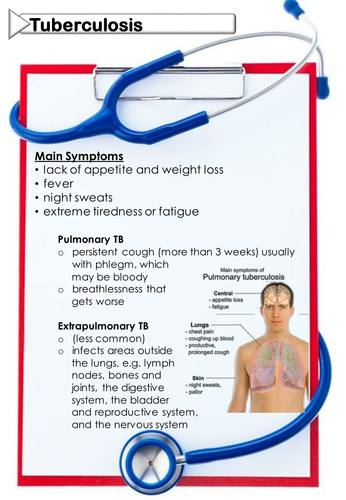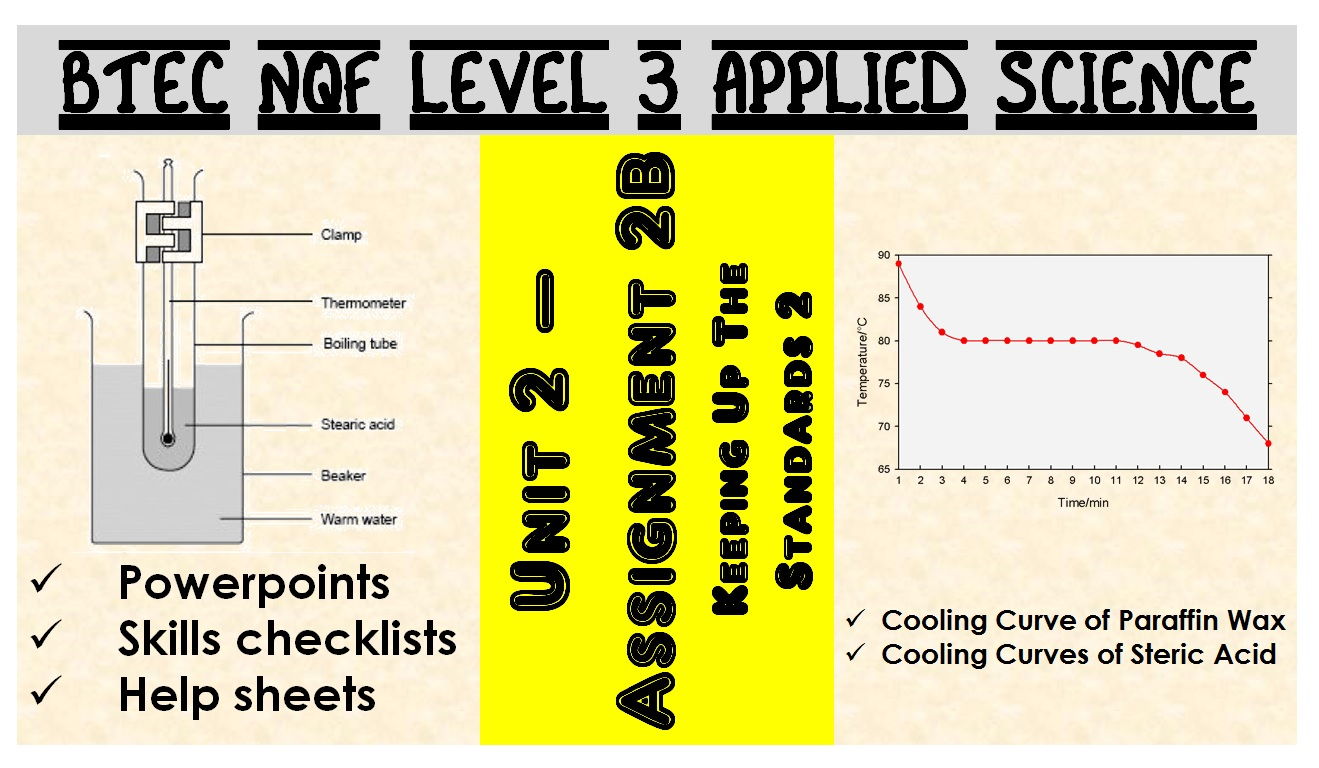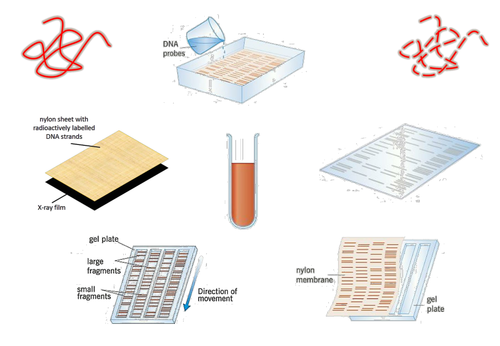
31Uploads
60k+Views
28k+Downloads

Material Science: Stents
Resource created for Science Week 2016. Our school theme was Material Science, so this worksheet explores the uses of coronary stents. It includes extracts of scientific papers, giving students a chance to read one and and try to pick out the main themes (good prep for university).
~
Paszenda, Z. (2010). Use of coronary stents – material and biophysical conditions. Journal of Achievements in Materials and Manufacturing Engineering 43(1):125-135.
Son, D., Lee, J., Lee, D. J., Ghaffari, R., Yun, S., Kim, S. J., Lee, J. E., Cho, H. R., Yoon, S., Yang, S., Lee, S., Qiao, S., Ling, D., Shin, S., Song, J. K., Kim, J., Kim, T., Lee, H., Kim, J., Soh, M., Lee, N., Hwang, C. S., Nam, S., Lu, N., Hyeon, T., Choi, S. H. and Kim, D. H. (2015). Bioresorbable Electronic Stent Integrated with Therapeutic Nanoparticles for Endovascular Diseases. ACS Nano 9(6):5937-5946. DOI: 10.1021/acsnano.5b00651
Mount Sinai Medical Center. (2013, September 17). Fully dissolvable, temporary stent for opening heart artery blockages now being tested at the Mount Sinai Medical Center. [Press Release]

Meiosis Cycle Worksheet
Worksheet on the different stages of Meiosis. Includes a comparison of Mitosis and Meiosis.

Stomatal Density Experiment
Activity to improve data analysis skills for A-Level Biologists. It includes results from scientific papers, giving students a chance at data analysis and and try to pick out the main results for themselves (good prep for university). The paper is attached.
~
Camargo & Marenco (2011) Density, size and distribution of stomata in 35 rainforest tree species in Central Amazonia. Acta Amazonica 41(2)205-212. DOI: http://dx.doi.org/10.1590/S0044-59672011000200004 [Accessed: 01-Mar-17]

Change: Facebook for Elephants
Resource created for Science Week 2017. Our school theme was Change, so this worksheet explores the uses of social network analysis to study elephant relationships. It includes extracts of scientific papers, giving students a chance to read one and and try to pick out the main themes (good prep for university). The papers are attached.

AS Biology: Meiosis Pre- and Post-Quiz
Worksheet used before teaching meiosis lesson. Useful for students to compare their knowledge before and after the lesson and also to highlight how their use of scientific terminology usually increased after teaching episode.

Pathogens & Diseases: Scavenger
Scavenger worksheet on pathogenic diseases. Students to collect information on symptoms of disease as well as facts on the pathogen.
Created as an introduction into Unit 12: Diseases and Infection of the new Pearson BTEC NQF Level 3 Applied Science.
*** Bundle Available ***

Pathogens & Diseases: Fact Files
Resource on pathogenic diseases detailing the pathogen in the form of fact files.
Created as an introduction into Unit 12: Diseases and Infection of the new Pearson BTEC NQF Level 3 Applied Science.
*** Bundle Available ***

Pathogens & Diseases: Symptoms File
Resource on pathogenic diseases detailing the symptoms in the form of doctor's notes.
Created as an introduction into Unit 12: Diseases and Infection of the new Pearson BTEC NQF Level 3 Applied Science.
*** Bundle Available ***
Bundle

BTEC NQF L3 Applied Science: Unit 2: Assignment B
Powerpoints, student skills checklists and student help sheets for Assignment 2B: Keeping Up The Standards 2 for the following experiments:
- Cooling curves of paraffin wax.
- Cooling curves of steric acid.
These practicals are a requirement within the new Pearson BTEC Level 3 specification (Unit 2 - Assignment B).

Investigating Genetic Diversity
Carousel / Circus activity on Investigating Genetic Diversity, based on the Magenta Principles.
Targeted for AS Biology students (serum reactions, amino acid and DNA comparisons, DNA hybridisation), however introduces some A2 topics (DNA probes, PCR).
This activity ran for a whole 90 minutes with students spending 10 minutes at each station, although some students did want to spend more than the allocated time. Challenge questions throughout.
Some questions taken from Chapter 10.4 in the AQA Biology A Level Year 1 Student Book by by Glenn Toole and Susan Toole (Oxford University Press - ISBN: 978-0-19-835176-4).

BTEC NQF L3 Applied Science: Unit 2: Assignment B: Cooling Curves powerpoint
Cooling curves of paraffin wax and steric acid.
This practical is a requirement within the new Pearson BTEC Level 3 specification (Unit 2 - Assignment B).



